Physical Address
304 North Cardinal St.
Dorchester Center, MA 02124
Physical Address
304 North Cardinal St.
Dorchester Center, MA 02124
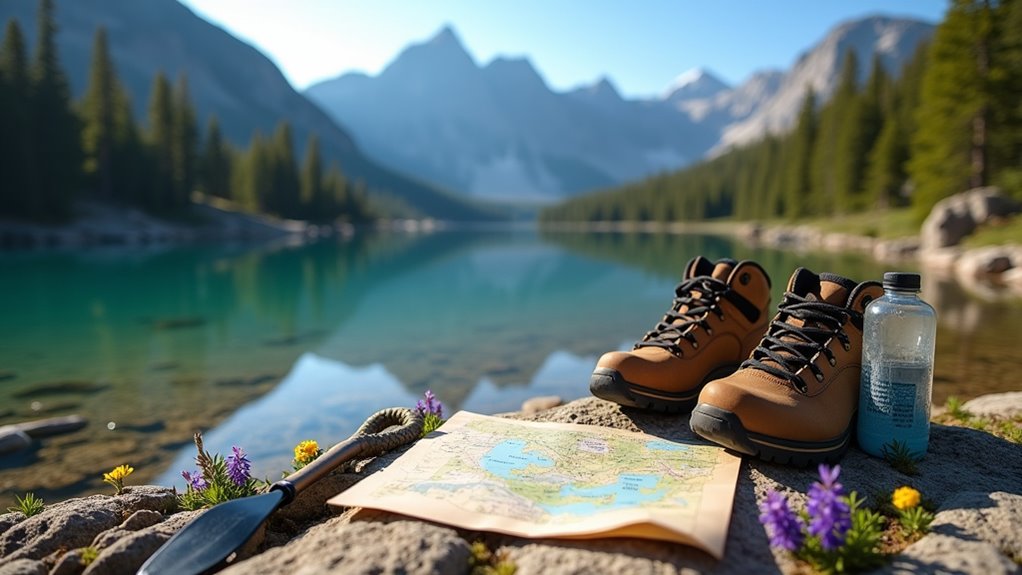
Looking for epic summer thrills without breaking the bank? These 9 outdoor adventures deliver unforgettable experiences that cost less than you'd expect.
Summer’s calling, and you don’t need to break the bank to answer. Whether you’re craving adrenaline-pumping rapids or peaceful mountain trails, this season offers countless ways to escape the ordinary without emptying your wallet. From local climbing spots to nearby lakes perfect for paddleboarding, adventure’s closer than you think. The best part? Most of these experiences cost less than a weekend at an expensive resort, yet they’ll give you stories worth telling for years.
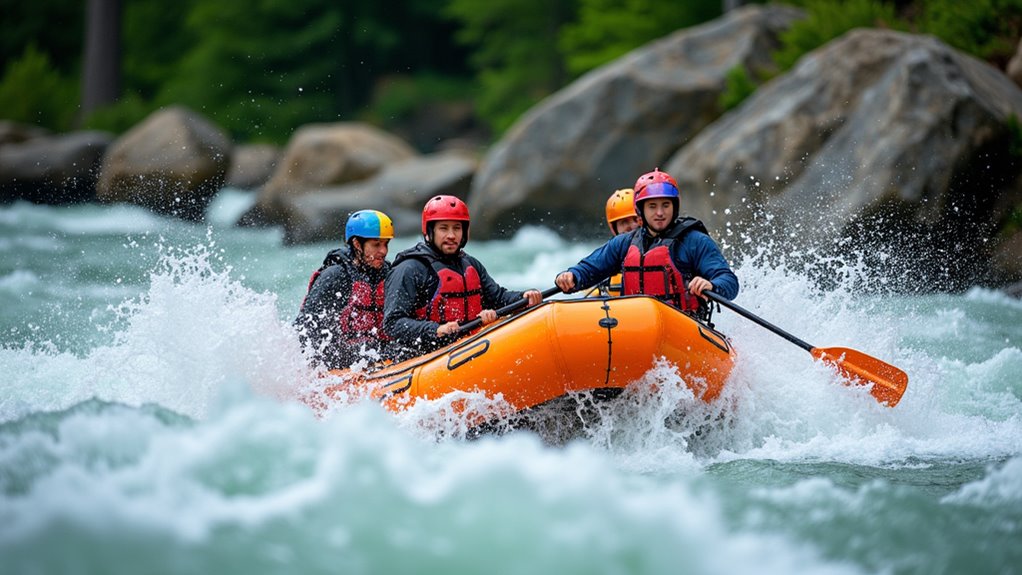
When you’re craving an adrenaline rush that won’t break the bank, white water rafting delivers heart-pounding excitement at a fraction of what you’d spend on other extreme sports. Most half-day trips cost $50-80, while full-day adventures run $80-120, including equipment and guides.
You’ll navigate churning rapids that’ll test your teamwork and courage. Class III-IV rapids offer the perfect balance of thrills without requiring extensive experience. Guides handle the technical stuff while you paddle and hold on tight.
Book during weekdays for better rates, and many outfitters offer group discounts. Bring quick-dry clothes, secure footwear, and waterproof phone cases. Spring snowmelt creates the wildest conditions, but summer offers warmer water and reliable flows.
It’s pure adventure without the premium price tag.
Though rock climbing might seem like an expensive hobby reserved for gear junkies, you can actually start scaling natural cliff faces for less than $100. You’ll need climbing shoes ($40-60), a harness ($30-40), and a chalk bag ($10-15). Many outdoor shops rent gear initially, so you can test before investing.
Start with top-rope climbing at local crags—it’s safer than lead climbing and perfect for beginners. Look for established routes with fixed anchors.
You’ll need an experienced partner or guide initially to set up ropes and teach basic techniques.
Focus on footwork over arm strength. Your legs are stronger and won’t tire as quickly. Practice reading routes from the ground, identifying handholds and rest positions.
Most climbing areas have route guidebooks showing difficulty ratings and approach trails.
Just like with outdoor water sports, consider whether renting or buying gear makes more financial sense based on how frequently you plan to climb.
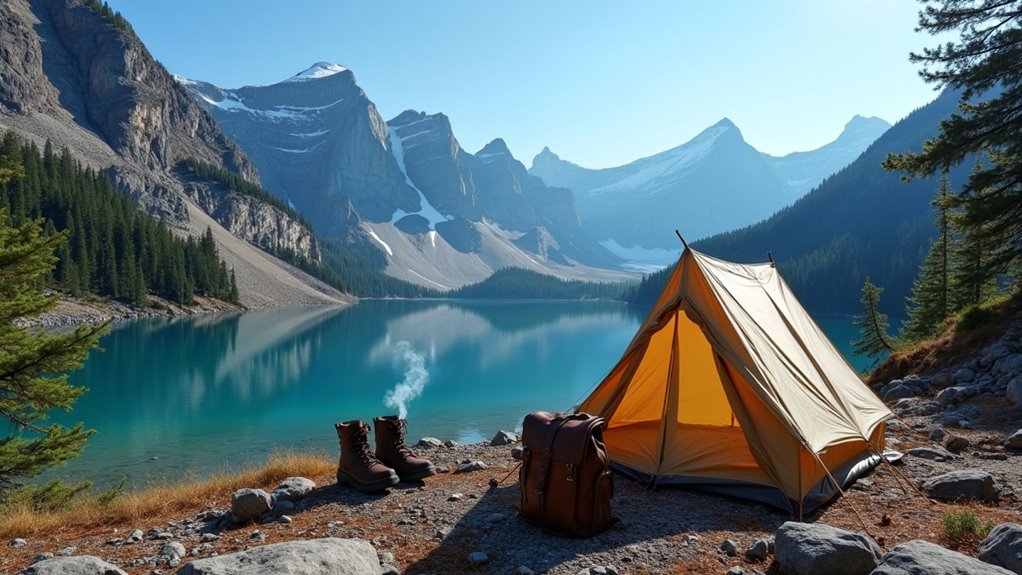
While day hikes offer great exercise, multi-day backpacking lets you explore remote wilderness areas that most people never see. You’ll need a lightweight tent, sleeping bag, and backpack—check thrift stores and end-of-season sales for deals.
Start with two-day trips to test your gear and stamina before attempting longer adventures.
Plan your route carefully, studying topographic maps and checking permit requirements. Pack dehydrated meals and a reliable water filter to stay nourished without carrying excess weight. Weather changes quickly in mountains, so bring layers and rain gear.
The reward? You’ll witness stunning sunrises from alpine meadows, sleep under star-filled skies, and experience the profound silence that only deep wilderness provides. It’s challenging but incredibly fulfilling.
For the ultimate mountaineering challenge, experienced backpackers can tackle glacier climbing routes that combine technical ice skills with multi-day wilderness navigation.
Why settle for viewing the coastline from shore when you can paddle right along its most dramatic features? Sea kayaking opens up hidden coves, sea caves, and wildlife viewing opportunities you’ll never experience from land.
You don’t need expensive gear to start—many outfitters rent kayaks for $40-60 per day, including paddles and life jackets.
Choose calmer waters for your first trips, like protected bays or inland waterways. Check tide charts and weather conditions before launching. Morning paddles often offer the best conditions with lighter winds and glassy water.
Pack essentials in waterproof bags: snacks, water, sunscreen, and a first-aid kit. Consider guided tours initially—they’ll teach proper techniques while showing you prime spots locals know about.
Even in remote coastal areas, you can maintain broadband connectivity with portable hotspots or satellite internet devices to share your adventure photos and stay in touch with loved ones.
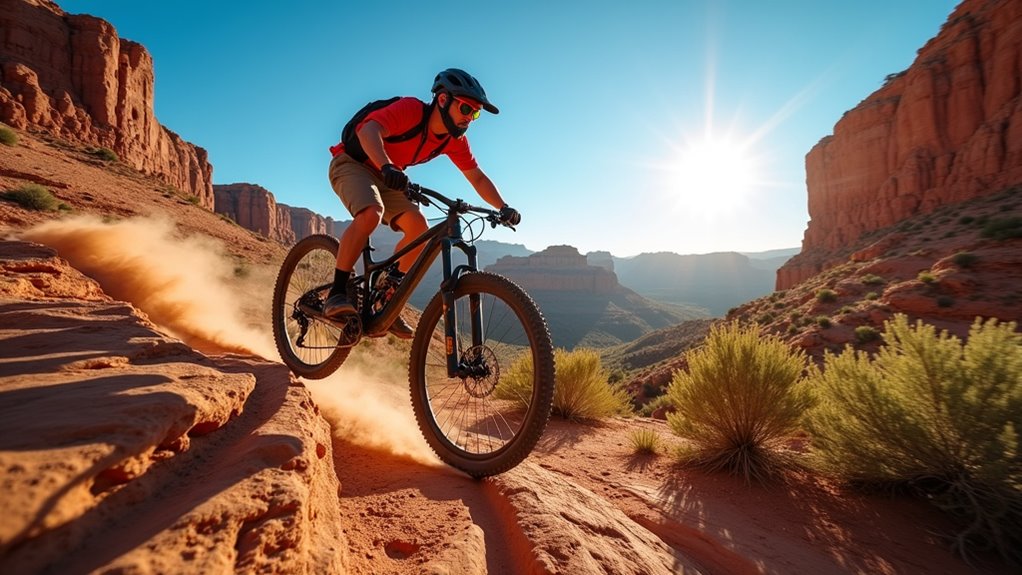
From paddling peaceful waters, you might crave something that gets your heart pumping on solid ground. Mountain biking delivers that adrenaline rush while connecting you with nature’s rugged beauty.
You don’t need expensive gear to start. A decent hardtail bike from a local shop or used market will handle most beginner trails. Always wear a helmet and bring basic tools for quick repairs.
Research trail difficulty before heading out. Green trails suit beginners, while black diamonds challenge experienced riders. Apps like Trailforks show nearby systems with user reviews and difficulty ratings.
Know your limits and choose trails accordingly—green circles for beginners, black diamonds for experts seeking challenging terrain.
Start with shorter rides to build endurance and skills. Focus on body positioning and braking techniques before tackling technical features like rock gardens or steep descents. Many areas offer free trail maps at trailheads.
For those seeking year-round vertical thrills, ice climbing spots offer an entirely different but equally exhilarating mountain experience.
After conquering challenging mountain terrain, you might want to slow down and enjoy a more peaceful water adventure. Stand-up paddleboarding offers the perfect shift from high-intensity biking to serene lake exploration.
You don’t need expensive equipment to start. Many lakeside shops rent boards for $30-50 per day, including paddle and safety gear. Look for calm, protected waters when you’re learning – avoid windy conditions that’ll make balancing difficult.
Crystal clear lakes provide stunning underwater views while you paddle. You’ll spot fish, rocks, and aquatic plants beneath your board. Start on your knees, then gradually stand once you’ve found your balance. Keep your knees slightly bent and engage your core for stability.
Early morning sessions offer glass-like water conditions and fewer crowds, making your experience more enjoyable and budget-friendly. Many of these pristine lakes are located near camping destinations that cater specifically to teen adventurers seeking outdoor thrills.

While paddleboarding offers tranquil water views, zip-lining delivers an adrenaline rush as you soar through treetops at speeds up to 40 mph. You’ll experience breathtaking bird’s-eye views of forest landscapes while your heart pounds with excitement.
Most zip-line tours cost $40-80 per person and include safety equipment and instruction. You don’t need special skills – guides handle the technical setup. Wear closed-toe shoes, comfortable clothes, and bring gloves if you have sensitive hands.
Book morning tours for cooler temperatures and fewer crowds. Many operators offer group discounts, so gather friends to split costs. Check weight restrictions beforehand – most accommodate 70-250 pounds.
Adventure parks often bundle zip-lining with other activities like rope courses, giving you more bang for your buck. Consider carrying a compact survival card with essential emergency information when venturing into remote forest canopy locations.
Though zip-lining gets your heart racing during the day, wilderness camping lets you slow down and reconnect with nature’s rhythm under a blanket of stars. You’ll discover peace that city life can’t offer while keeping costs minimal.
Essential gear doesn’t need to break your budget:
Choose established campsites with fire rings to save setup time. You’ll sleep better than expected as natural sounds replace urban noise. Before heading out, review tent camping tips to ensure your first wilderness experience goes smoothly.
Morning coffee tastes incredible when you’ve earned it under the stars.
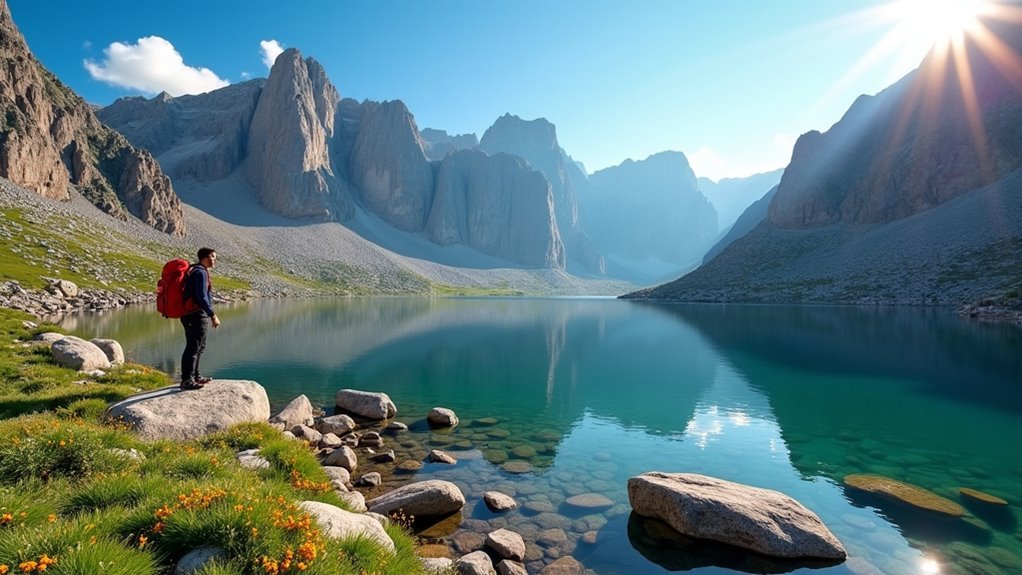
National parks transform into natural studios where you’ll capture breathtaking landscapes without expensive equipment rentals or studio fees. You don’t need professional gear to start—your smartphone or basic camera works perfectly for learning composition and timing.
Visit during golden hour for warm, dramatic lighting that makes ordinary scenes extraordinary. Early morning shoots offer fewer crowds and wildlife activity, while sunset provides stunning silhouettes against colorful skies. Focus on leading lines like trails, rivers, or rock formations to guide viewers’ eyes through your photos.
Research park websites beforehand for photography hotspots and seasonal highlights. Many parks offer free photography workshops during summer months.
Pack extra batteries since cold temperatures drain power quickly, and bring a lightweight tripod for sharper images during low-light conditions. Remember that proper camping preparation enhances your photography expeditions by ensuring you’re comfortable and ready to capture those perfect moments throughout your outdoor adventure.
You’ve got your roadmap to summer adventure—now it’s time to answer nature’s call like Thoreau at Walden Pond. Don’t let budget concerns chain you to the couch; most trails won’t cost you a dime, and camping gear‘s cheaper than hotel bills. Whether you’re channeling your inner Ansel Adams with a camera or conquering cliffs like a weekend warrior, these adventures won’t break the bank. Summer’s short—make every weekend count.